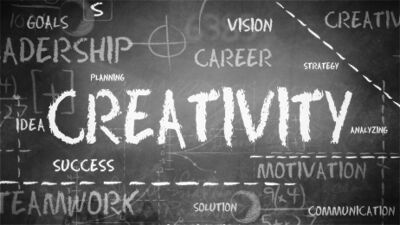Common Audio-Visual Equipment Fails: How Your Employee Training is Suffering (Guest Blog)
Training with the use of audio-visual equipment is arguably the most widespread form of workplace education used by businesses. Known to be more effective than simple text-based learning, but cheaper than one-to-one sessions, you’ll be hard pushed to find a business that hasn’t employed this training tactic at some point.
For those unsure of the term, audio visual-equipment is used to provide cross-over training methods that combine visual factors, like screens or computers, and audio commentary explaining what is being shown. Common examples include training presentations, but it can be a pre-recorded video or any other type of training that combines both audio and visual elements.
The use of audio visual training has risen to prominence due to its dual-attack approach to engagement and memory. Many people are either visual or auditory learners, so combining the two learning styles helps information to be absorbed and retained better.
However, with audio-visual equipment so commonplace in business training, you might be surprised to know that many companies are not utilising it effectively, failing to achieve the maximum potential of their training sessions.
So what could you be doing wrong?
Failure to Engage the Audience
Audio-visual equipment is such a powerful method of education because it has the potential to provide opportunities for real engagement with the audience.
However, you’ll often find audio visual training is simply bland, cut-and-dry text put onto a screen, then spoken over. This does not properly engage the visual learners that make up 65% of the room. Instead, it is essentially like having a textbook read to you. It may even result in less information being taken in as, unlike a textbook, employees can simply pretend to be engaged, when they are actually miles away.
The answer? Don’t just slap words and graphs on a page and talk over them. Get creative and punch up your training. Use videos, colours, engaging images and mix them all together. Humour is also a powerful technique that can be used to increase engagement and memory retention.
Failure to Understand the Technology
Training sessions that utilise audio-visual techniques are carried out using computer software. This allows for easy creation, powerful design and quick setup. However, it also comes with a caveat.
You must know how to operate the software to provide a strong audio visual training session. How many times have you experienced a presentation or piece of live training that has been delayed, stopped, or cancelled completely? Often just because the person giving the training was unable to figure out how to use the software they’d put the presentation on. Slides go be missing, images won’t load, audio can’t be heard, videos won’t play, links won’t click out, the program won’t load; it all adds up to an underwhelming presentation.
If the person presenting the training doesn’t know how to effectively use the technology, the training itself will suffer. Breaks in the flow can cause information to be missed by both the presenter and the audience, severely hampering your ability to provide top-notch, valuable audio visual training.
Failure to Use Appropriate Technology
But you can make bigger mistakes than not knowing how to use the audio-visual tech you’ve got for training. You can fail to invest in tech at all. Some might argue that the old ways of reading off papers and using whiteboards are still valuable, but are they?
Technology has provided innovations to the world of corporate training that you can’t afford to miss. Advances in software and hardware that enables audio-visual learning has opened untold avenues of educational success. The days of pen, paper and trainee handouts are dead.
Engagement is a key benefit we’ve already discussed, but others include:
- The ability to archive the training and reuse it easily
- Stream online and share with long-distance workers
- Change sections dependent on laws and policy changes, without having to create a whole new training programme
Failure to Prepare
Creating a training program through audio-visual equipment can be fairly straightforward. Put together some bullet-pointed notes, a couple of images and videos and you’ve got something that looks solid that you can present.
Is this type of quickly prepared training program going to be as engaging and beneficial as something that has more time invested into it? No, of course not, but the combined audio visual aspects make it very easy to pass off something lazily put together.
Audio-visual learning is not an excuse to half-arse training as the message is a lot easier to get across. Instead, it’s a method of enhancing the way you transfer information to employees. Proper preparation time can result in some very powerful training sessions that provide real benefit and impart useful knowledge; knowledge that is retained by the audience.
Failure to prepare, by just cobbling together a quick presentation, is a way to impart only the most basic of information in a way that is not distinctly memorable or engaging; the perfect way to under-utilise the training platform. Preparation allows you to present your training in a way that is more efficient, targeted and engaging. With time on your side, you can do a lot more with your training.
Author Bio:-
James Berger is an expert in audio visual solutions and the founder of Netcom92.

